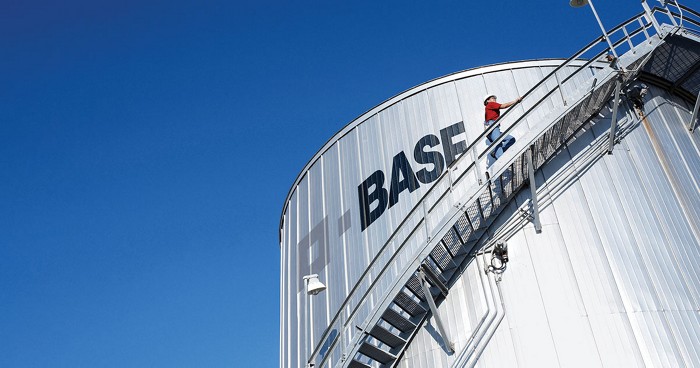Advertisement
Grab your lab coat. Let's get started
Welcome!
Welcome!
Create an account below to get 6 C&EN articles per month, receive newsletters and more - all free.
It seems this is your first time logging in online. Please enter the following information to continue.
As an ACS member you automatically get access to this site. All we need is few more details to create your reading experience.
Not you? Sign in with a different account.
Not you? Sign in with a different account.
ERROR 1
ERROR 1
ERROR 2
ERROR 2
ERROR 2
ERROR 2
ERROR 2
Password and Confirm password must match.
If you have an ACS member number, please enter it here so we can link this account to your membership. (optional)
ERROR 2
ACS values your privacy. By submitting your information, you are gaining access to C&EN and subscribing to our weekly newsletter. We use the information you provide to make your reading experience better, and we will never sell your data to third party members.
Climate Change
US Environmental Protection Agency awards $4.3 billion to climate change projects
Grants will fund decarbonization efforts across the US
by Craig Bettenhausen
July 24, 2024
| A version of this story appeared in
Volume 102, Issue 23

The US Environmental Protection Agency awarded $4.3 billion from its Climate Pollution Reduction Grants program on July 22. The money will help implement 25 projects across the country that aim to reduce greenhouse gas emissions and air pollution.
Many of the selected projects will use chemistry and materials science to cut carbon emissions, with the biggest areas being energy, transportation, and agriculture. Alaska and New England, for example, will get a total of around $490 million for electric heat pumps to replace residential oil- or gas-fired furnaces. At least seven projects support electrification of passenger or freight vehicles, and seven more involve climate-smart farming or habitat restoration.
Some of the projects include resilience components to insulate communities and business from extreme weather events brought on by climate change. “Today, my Administration is empowering local communities across 30 states to cut pollution and fight the climate crisis—from curbing greenhouse gas emissions in Pennsylvania to flood-proofing infrastructure in North Carolina,” President Joe Biden says in a statement.
The projects include three plans to reduce methane emissions, from landfills, mines, and petroleum production. In a separate funding opportunity open until Aug. 26, the administration is offering $850 million in financial and technical support to companies and other stakeholders to cut methane emissions in the oil and gas sector. Both programs deploy funds from the Inflation Reduction Act of 2022.
On July 23, the White House followed up with a summit on detecting and reducing emissions of what it calls climate super pollutants: methane, nitrous oxide, and hydrofluorocarbons. Announcements at the summit include a launch plan for a NASA satellite that will map methane leaks as well as funding and EPA mandates for phasing out hydrofluorocarbons. The adipic acid maker Ascend Performance Materials says upgrades have all but eliminated N2O emissions at its plant in Florida, and the engineering firm ClimeCo has announced a trio of emission-control installations at industrial plants that will come online by early 2025. Combined, the administration says, the two companies’ efforts will cut US industrial emissions of N2O in half.
“The Inflation Reduction Act is already delivering on its promises, and today’s announcement of funding for projects in 30 states is a prime example,” says Holly Reuter, director of climate and clean energy policy implementation at the nonprofit Clean Air Task Force.
The US funding builds on planning grants that the EPA gave out in an earlier round of the same program, in which 46 states got $3 million each to develop project plans, the Clean Air Task Force says. Another $112 million in planning funds went to cities, US territories, and Native American nations, tribes, and bands. “We applaud EPA for creating, implementing, and executing on this program in such a short period of time and are encouraged by the amount of interest the grant program received,” Reuter says.





Join the conversation
Contact the reporter
Submit a Letter to the Editor for publication
Engage with us on Twitter